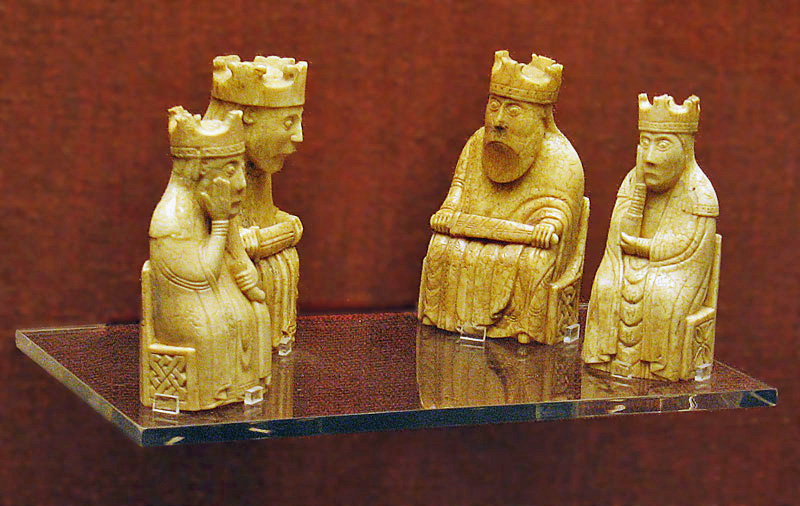Krispin Joseph PX
Why the object studies are significant in art historical literature? One reason is that ‘Objects’ from the past led us to an unknown area of human life, practice and interactions. When we analyse one object, we find somewhere that inquiry may lead us to other locations. Materials and craftsmanship are the central research areas for object study that make today’s ‘object’ visible.
Some objects may be the link of materials and craftsmanship from different locations. Material may come from a distant land, meet craftsmanship, and create a unique object. Then, that uniqueness is a blend of materials and craftsmanship of people from different locations of the world.
The material might come from a distant location where that material gets it, and reach out to another location to meet the unique craftsmanship. The object’s uniqueness is related to the material and craftsmanship. The object is not self-made, but the human interactions went through materials to create any object.
The biography of a thing reveals the biography of whom they used in the past. If we look at the craftsmanship of the old time and the designing method of creative people of past societies, we get enough theories from objects. Objects are influential in telling the story and making precise visual arguments about past Life: how manipulative and creative people lived here and there. To read: Object Life in the Past: Things That Change Our Perspective
Here, Google Art and Culture share objects from different periods and locations that tell mysterious stories about our past. Mystery abounds in artefact showrooms. The history of some objects is shrouded and obscured.
Human skull cup, The Natural History Museum, London
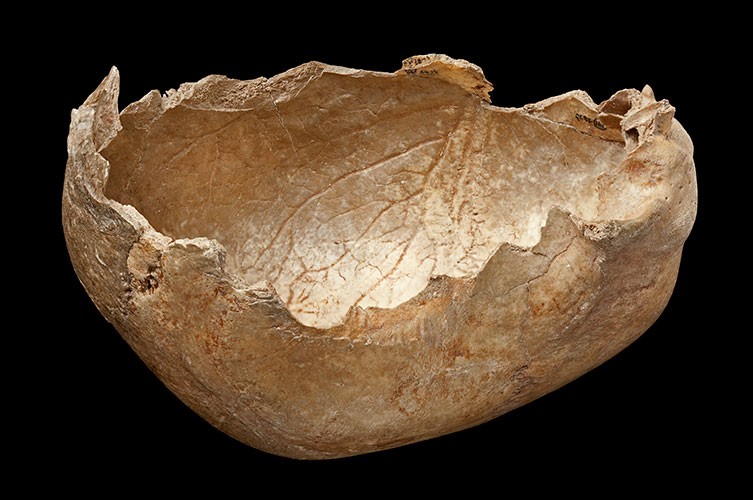
credit: nhm.ac.uk
Cannibalism is a part of our great history, and we never accept it as our past. However, some objects from the past reveal this story of cannibalism. One of the human skulls gets it from Gough’s Cave tell about cannibalism as a part of rituals. This carefully shaped cup-human skull dates back to around 14,700 years and brings the idea of human interactions. Museum researchers reveal the
One of the human skulls was carefully shaped into a cup or bowl by the people who lived at Gough’s Cave 14,700 years ago. The museum researchers reveal that cannibalism is active in these caves at that time, a part of Somerset’s ancient tribs. ‘The evidence at Gough’s Cave points to a sophisticated culture of butchering and carving human remains,’ says Dr Silvia Bello, a Museum scientist who investigates the evolution of human behaviour, including funerary and cannibalistic practices.
Roman Dodecahedrons
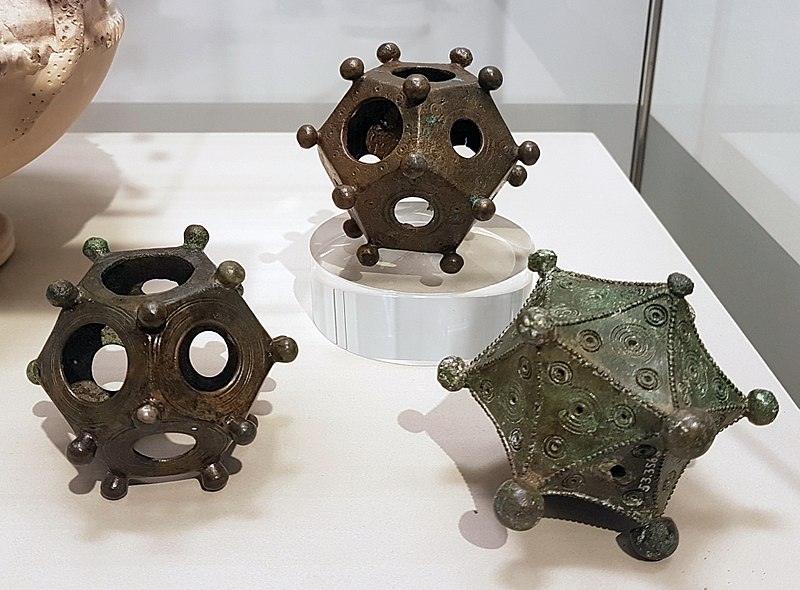
Roman Dodecahedrons is the object in this list. The first Dodecahedrons were discovered in England around 300 years before, and almost 100 objects were found in various European locations. The mysterious thing is that their purpose remains unknown till now. Scientists and archaeologists are baffled about the use of these 12-sided objects. While some believe they were made as toys for children, others think they were weapons used by the Roman army to conquer their foes.
Empty Frames, Isabella Stewart Gardner Museum
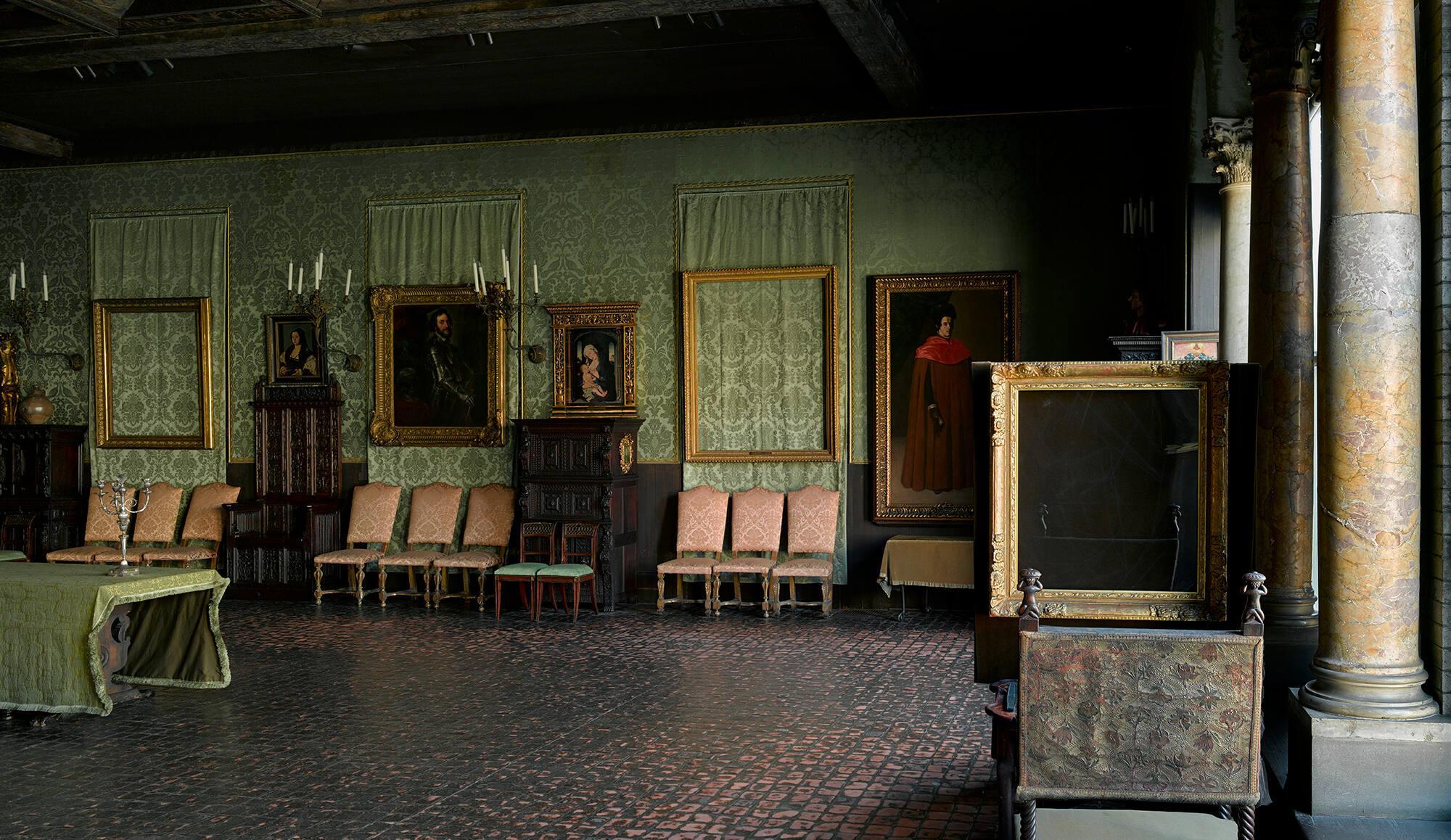
Empty frames are not mysterious objects. However, the empty frames from Boston’s Isabella Stewart Gardner Museum house are mysterious because of the stolen artwork, half a billion dollars worth of masterpieces that disappeared from its walls 25 years ago. Now these empty frames are known for the robbery that stole three works of Rembrandts, a Vermeer, a Manet and sketches by Degas. During the theft, two robbers dressed as police officers walked into the museum and removed 13 works. To this day, the theft stays unsolved, and the spot of the artwork is unidentified.
Antikythera Mechanism, Archaeological Museum of Athens
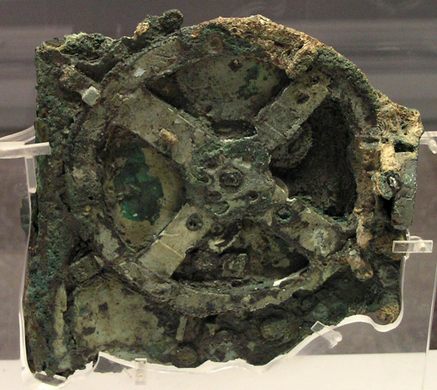
Antikythera Mechanism is a mysterious object; after discovering this from a shipwreck of Roman cargo that sank in the Mediterranean, scholars from different fields started to discuss the use of this object. The Antikythera Mechanism might be the world’s earliest known analogue computer. After the discovery of this object, this device sat in a museum for fifty years before historians began to take a serious look at it. Known as the Antikythera tool and called a “clockwork computer,” this small bronze mechanism is distinctive because it precedes any device of similar complexity by more than a millennium.
Lewis Chessmen, British Museum
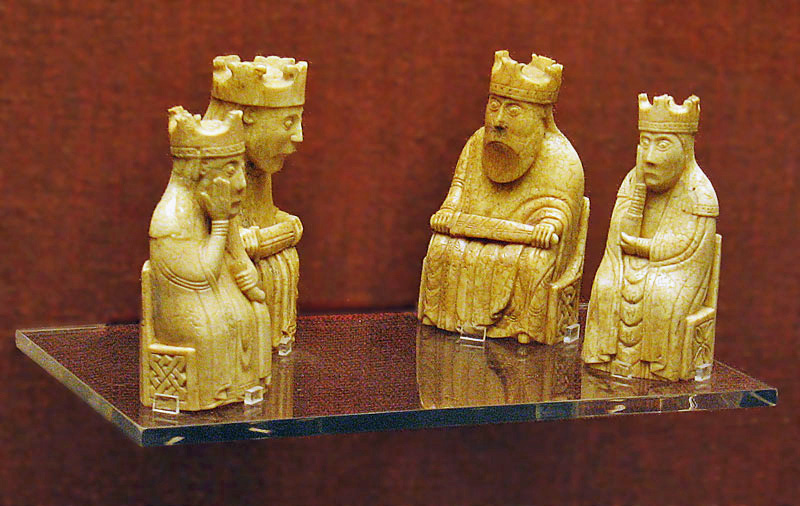
Lewin Chessmen is famous for its creation in Norway and ended up in Scotland. Why these carved chess pieces were founded in Scotland is a continuous mystery. These chessmen were founded in 1831 and considered a Norwegian merchant who may bring this to the island. As well as having intriguing origins, the Lewis Chessmen are the world’s only surviving medieval chess set.

